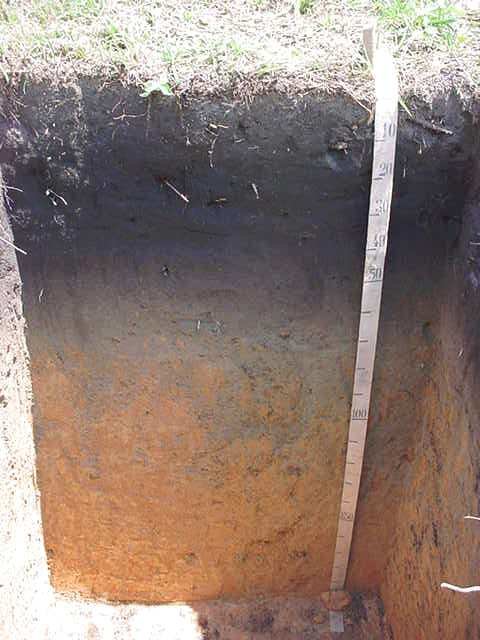🎎Sustainability in the Classroom: Learning from the Past for a Better Future
Indigenous Wisdom in Waste Management and Creation of Sustainable Resources
Have you ever heard how Indigenous cultures view the Earth? To them, nature is not simply a resource to use; it’s a friend, a companion, a living being worthy of respect! This connection with their surroundings has led them to develop practices that we now call sustainable, but which they have been using and perfecting for centuries. 🌿💫
Let’s travel together around the world and discover some of these inspiring practices that, in addition to caring for the planet, show us the power of making the most of what we already have. These ideas can transform our approach in the classroom and teach us to reuse, reduce, and recycle!
Indigenous Peoples of the Amazon:
Imagine turning soil into rich, fertile land using kitchen scraps, charcoal, and bones. That’s exactly what the Indigenous peoples of the Amazon achieved! This super-nutritious soil not only boosts crop yields but also helps capture carbon. 🌱🌍 What an incredible way to help the Earth thrive!

For more information, you can check the following link:
Maasai in Kenya and Tanzania: Manure and Homes
The Maasai have a symbiotic relationship with their livestock. They use manure not only to fertilize their crops but also to strengthen their homes. Nature and culture go hand in hand! 🐄🏡
For more information, you can consult the following research:
Andean Indigenous Peoples (Quechua and Aymara):
The Quechua and Aymara people transform onion skins and other food scraps into natural dyes. These vibrant colors not only bring life to their textiles and ceramics but also connect generations. 🎨🌾 Can you imagine exploring these dyes in the classroom?

For more information, you can refer to "The Ecology of the Andean Region" by Enrique Mayer, which explores agricultural practices, dyes, and the use of materials in the Andes.
The Indigenous Peoples of Brazil (Kayapó):
Cleaning Products from Natural Waste: The Kayapó, who live in the Brazilian Amazon, use local plants and food waste to create natural cleaning products. For example, they make use of certain plants and their extracts to create natural soaps and detergents, harnessing the plants' cleaning and antibacterial properties.
For more information, you can refer to researcher Darrell A. Posey's book, which discusses the Kayapó's natural resource management strategies.
Bali, Indonesia: Subak Irrigation System
Subak System: In Bali, the traditional irrigation system known as Subak is a form of terraced agriculture that incorporates the reuse of organic waste. Harvest residues are returned to the soil as fertilizer, helping maintain soil fertility and the health of rice paddies. This system is intrinsically linked to local spiritual beliefs and community water management. 🌾💧

For more information, you can refer to the UNESCO article "Gateways to Sacred Lands: Water Temples and Rice Terraces of Bali."
Indigenous Peoples of Mexico:
The Milpa: The traditional agricultural system of the milpa, used by the Maya and other indigenous peoples of Mesoamerica, involves crop rotation and the inclusion of organic waste in the soil. This system not only preserves soil fertility but also promotes biodiversity and long-term sustainability. The milpa includes a combination of corn, beans, and squash, similar to the "Three Sisters."
Dyes from Food Waste: The Zapotecs of Oaxaca use food waste, such as pomegranate peels, walnut leaves, and other local plants, to create natural dyes applied to their textiles. These eco-friendly dyes have been used for generations to achieve a wide range of colors.

The Indigenous Peoples of North America (Navajo, Hopi, etc.):
They use food scraps for dyes and natural materials, like shells, to make tools. Here, we see a circular economy at its best, where nothing goes to waste. 💫🌄
The Indigenous Peoples of the Philippines (Ifugao):
Dyes and Cleaning Products: The Ifugao, from the mountains of the Philippines, use food scraps and plants to make natural dyes for traditional textiles. Additionally, they create cleaning products from citrus peels and other plants, crafting natural and eco-friendly detergents.
The Indigenous Peoples of Indonesia (Dayak):
Dyes and Pottery: The Dayak of Borneo use food scraps and plants to make natural dyes. They use bark, roots, and leaves to create colors for textiles and pottery. They also mix vegetable waste with clay to produce more durable and decorative ceramics.
These examples show how Indigenous peoples have developed methods to reuse food scraps, creating natural dyes, cleaning products, and enhancing pottery production, thus contributing to a circular and sustainable economy. By recycling waste and returning it to the natural cycle, these cultures not only preserve the environment but also ensure their long-term well-being and livelihood. Indigenous practices worldwide are deeply rooted in respect for nature and the sustainable use of resources. They have not only managed waste sustainably but also created circular systems where materials are constantly reused, ensuring efficient use of natural resources and profound respect for the environment.
Last updated
